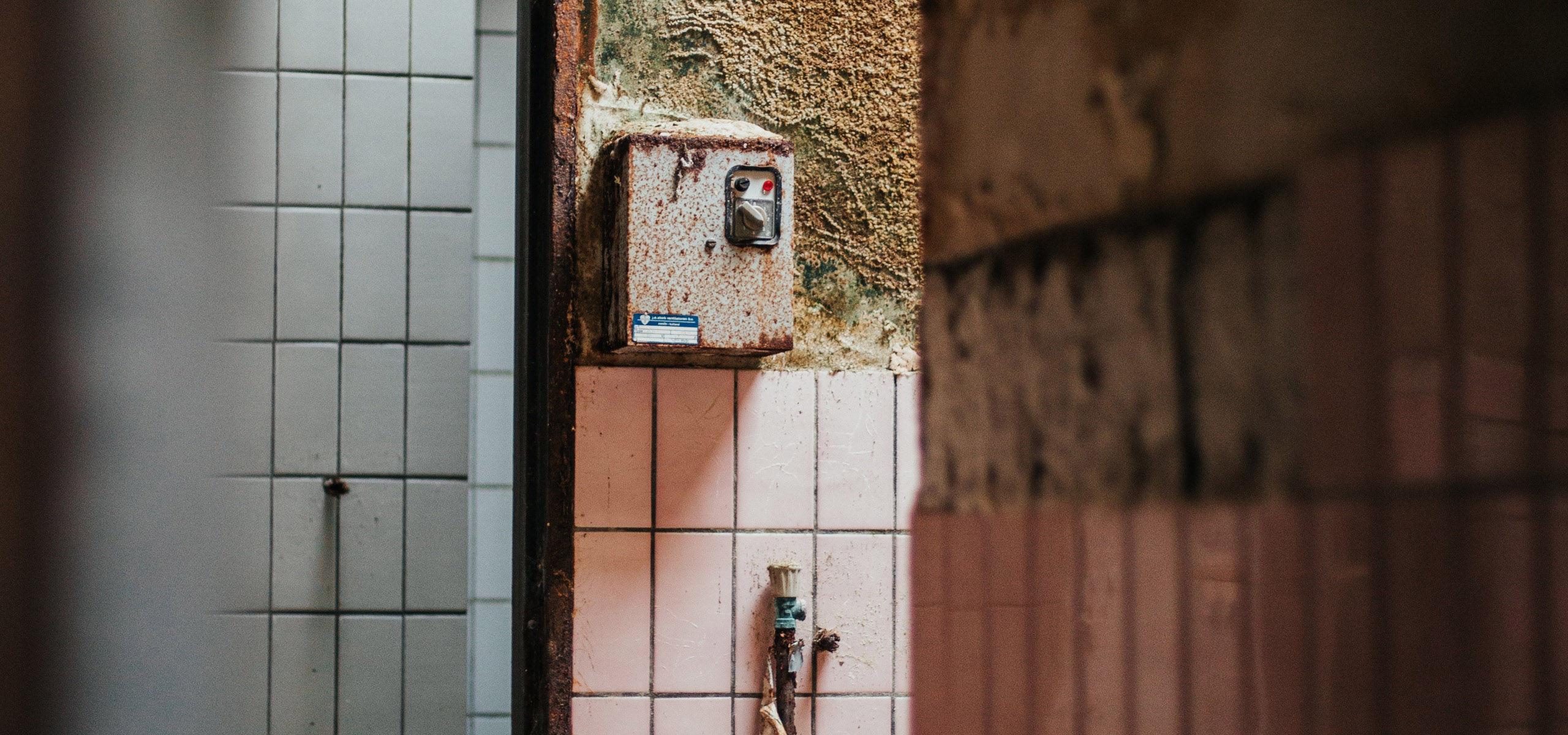Moisture is typically the culprit when you find mold growth in the AC closet. In damp, moist conditions, mold can spread quite rapidly from one location to another. Checking the unit and drying out the room regularly are the best ways to prevent mold from spreading to the rest of the home. Understanding more about mold and how the AC unit works can help you prevent mold from spreading and provide insight into the best ways to remove mold that’s already spread throughout the house.
Excess drainage can overflow
When the AC is functioning properly, the evaporator coil inside your unit should help dehumidify and reduce moisture inside the home as warm air passes through and around it. The evaporator coil struggles to remove warm air when there is excessive heat inside the home. This leads to moisture accumulating on the coil and excess water dripping down to the drainage pan below. If there is too much water for the drainage line, the excess can overflow and spill out of the drainage pan.
Perform basic maintenance
The overflow creates a damp, moist environment in a dark closet that allows airborne mold spores to thrive and spread throughout the home. The first step in preventing mold from spreading all over the house is performing basic maintenance checks on the AC unit. Remove the drainage pan and empty out the excess water. Removing the cover to expose the coil and inspect for damage. After checking the unit, the floorboards and walls in the closet should be dry and show no signs of discoloration.
Might need a restoration professional
Once all the exposed surfaces are assessed, use a few fans to help the walls and floor dry off quickly. Point the fans at the floor first for approximately a half-hour, then pivot them to the walls. Investing in a dehumidifier can also help you with minimizing the risk of mold growth spreading from the closet to the rest of the house. If the level of condensation and mold growth cannot be conquered, a restoration professional is advised.
Mold spores begin growing
Within 48 hours of contact, mold spores begin growing on organic materials like soap scum, drywall, dirt, paper, and food, among others. Mold growth is strongest when the temperature inside ranges from 60 to 80 degrees. It’s also worth noting that airborne mold spores are easily attached to clothes and carpeting. If mold growth is found in different places throughout the home, you may need to remove all the carpeting as well.
Mold thrives in AC closets
AC closets are ideal for mold growth because the spores thrive in warm, wet, dark places. Leaking water pipes can also contribute to mold growth in your home. Poor ventilation and humidity levels above 60 percent may also spur mold growth in different places inside. Clutter and piles of damp clothes are often overlooked sources of mold growth as well. To find the true cause and solution to mold growth inside your home, don’t hesitate to contact a restoration professional for assistance.
